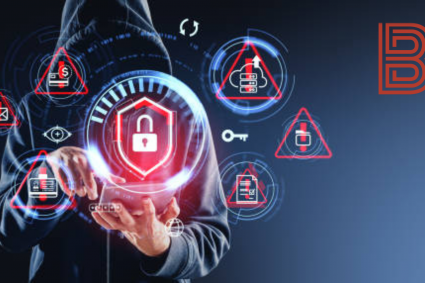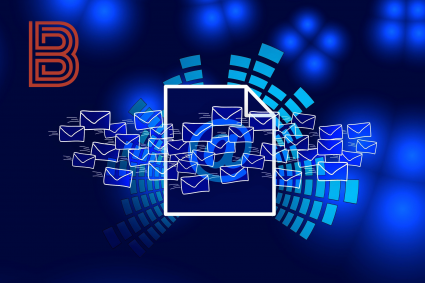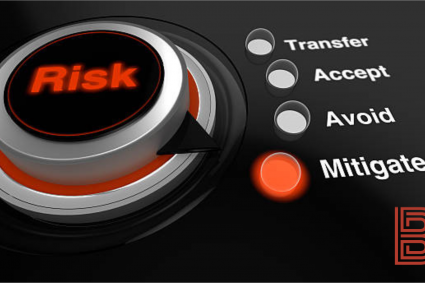
Strong Passwords
Use complex passwords with a mix of letters, numbers, and symbols. Avoid using easily guessable information. Implement password managers to generate and store secure passwords.
Multi-Factor Authentication (MFA)
Enable MFA wherever possible. This adds an additional layer of security by requiring a second form of verification, such as a text message code or authentication app.
Regular Updates
Keep software, operating systems, and applications up to date. Patches and updates often contain fixes for security vulnerabilities that could be exploited by attackers.
Firewalls and Antivirus Software
Utilize firewalls to block unauthorized access to your network. Install reputable antivirus software to detect and remove malware.
Secure Wi-Fi Networks
Protect your Wi-Fi with strong encryption (WPA3) and a robust password. Avoid using public Wi-Fi for sensitive activities, or use a VPN if necessary.
Data Encryption
Encrypt sensitive data both in transit and at rest. This ensures that even if data is intercepted, it cannot be read without the decryption key.
Regular Backups
Regularly back up important data to secure, offsite locations. In case of a ransomware attack or data loss, backups can help restore your information without paying ransom.
Phishing Awareness
Educate yourself and your employees about phishing tactics. Be cautious of unsolicited emails, links, and attachments. Verify the sender’s authenticity before sharing any information.
Access Controls
Implement strict access controls based on the principle of least privilege. Only grant access to data and systems to those who need it to perform their job functions.
Security Audits and Penetration Testing
Regularly conduct security audits and penetration tests to identify and address vulnerabilities. These assessments help you stay ahead of potential threats.
Incident Response Plan
Develop and maintain an incident response plan to quickly address and mitigate the effects of a cybersecurity breach. This plan should include steps for communication, containment, eradication, and recovery.
User Training
Continuously educate and train users about the importance of cybersecurity and best practices. Awareness is one of the most effective defenses against cyber threats.
By implementing these strategies, you can significantly enhance your cybersecurity posture, safeguarding your information from a wide range of threats. Regularly review and update your security measures to keep pace with evolving cyber threats.
WWW.BARETZKY.NET




















